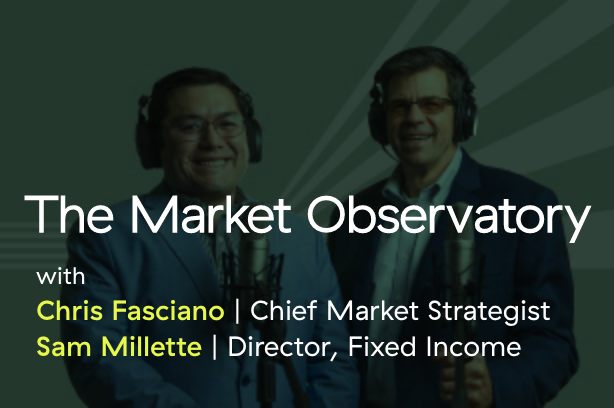The news this past week is that there is still no sign of a national second wave of infections. The spread rate remains low, dipping under 1 percent for the first time on two days, and case growth continues to be constrained at around 20,000 per day. That being said, several states are undergoing local second waves, with case counts rising rapidly. So far, those increases have been offset by improvement elsewhere in the country. As such, these outbreaks, while severe at the local level, are not translating to a national level. This development will be something to watch moving forward, as either a further increase in case counts in the affected states or a slowdown in improvement in the other states could reverse the trend.











